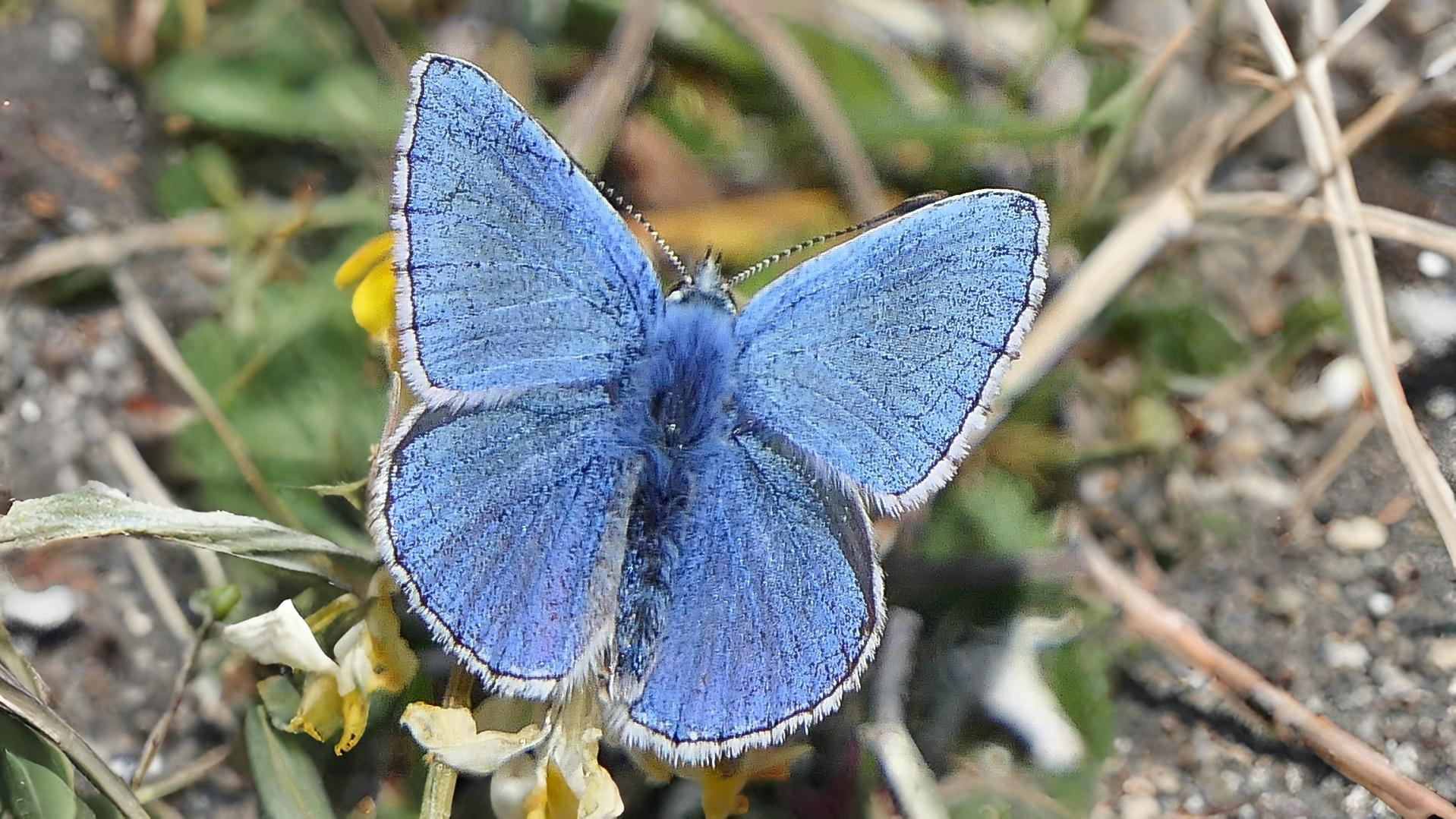This month, London’s gardens and downlands come alive with fluttering jewels—from the familiar large whites to the rare green hairstreak, our only truly green butterfly. But the real magic happens in hidden corners: grizzled skippers perform aphrodisiac dances, dingy skippers hug the earth like moths, and Adonis blues glow like fragments of sky. Why does one butterfly chase rivals in loop-the-loops? And which species might drink your sweat if you hold still?
Return on 27 May to unravel the aerial dramas of May’s butterflies—and where to spot the rarest blues.
May is the first month when up to twenty different butterflies can be seen within London’s boundaries. The most commonly seen are the large white, small white, speckled wood, green-veined white, comma and holly blue, drifting through gardens. Among the larger Vanessids, the red admiral, peacock and possibly a painted lady are recorded throughout the month in most of London. A walk in the countryside on a warm day usually includes the sight of a brimstone.
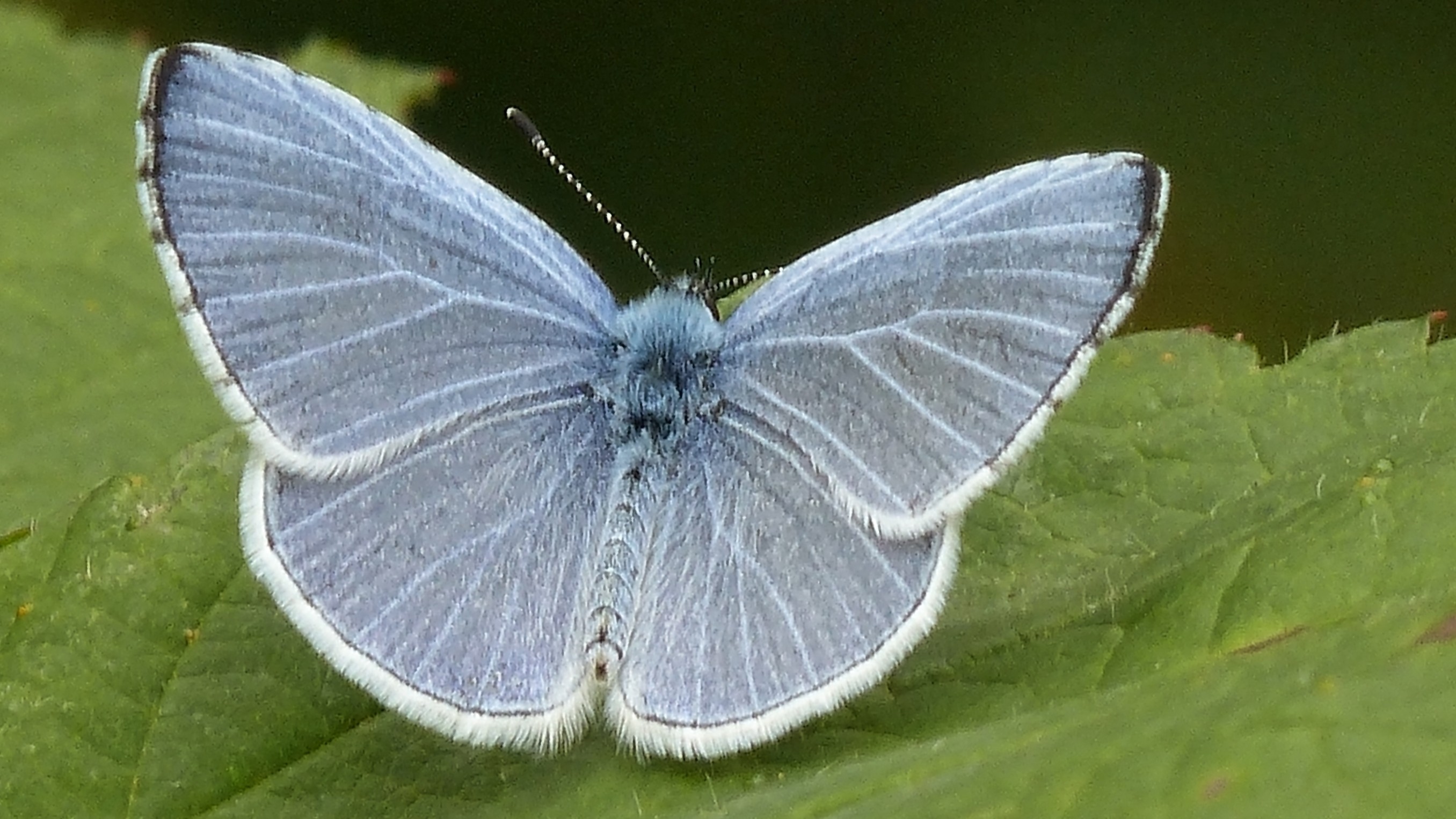
The orange tip is also very much a butterfly of May. The male, with his distinctive orange tips to his wings, is easily identified and usually not too far away from his food plants i.e. garlic mustard and the cuckoo flower. These butterflies have quite spectacularly patterned gynandromorphs which there is always a faint possibility of seeing.
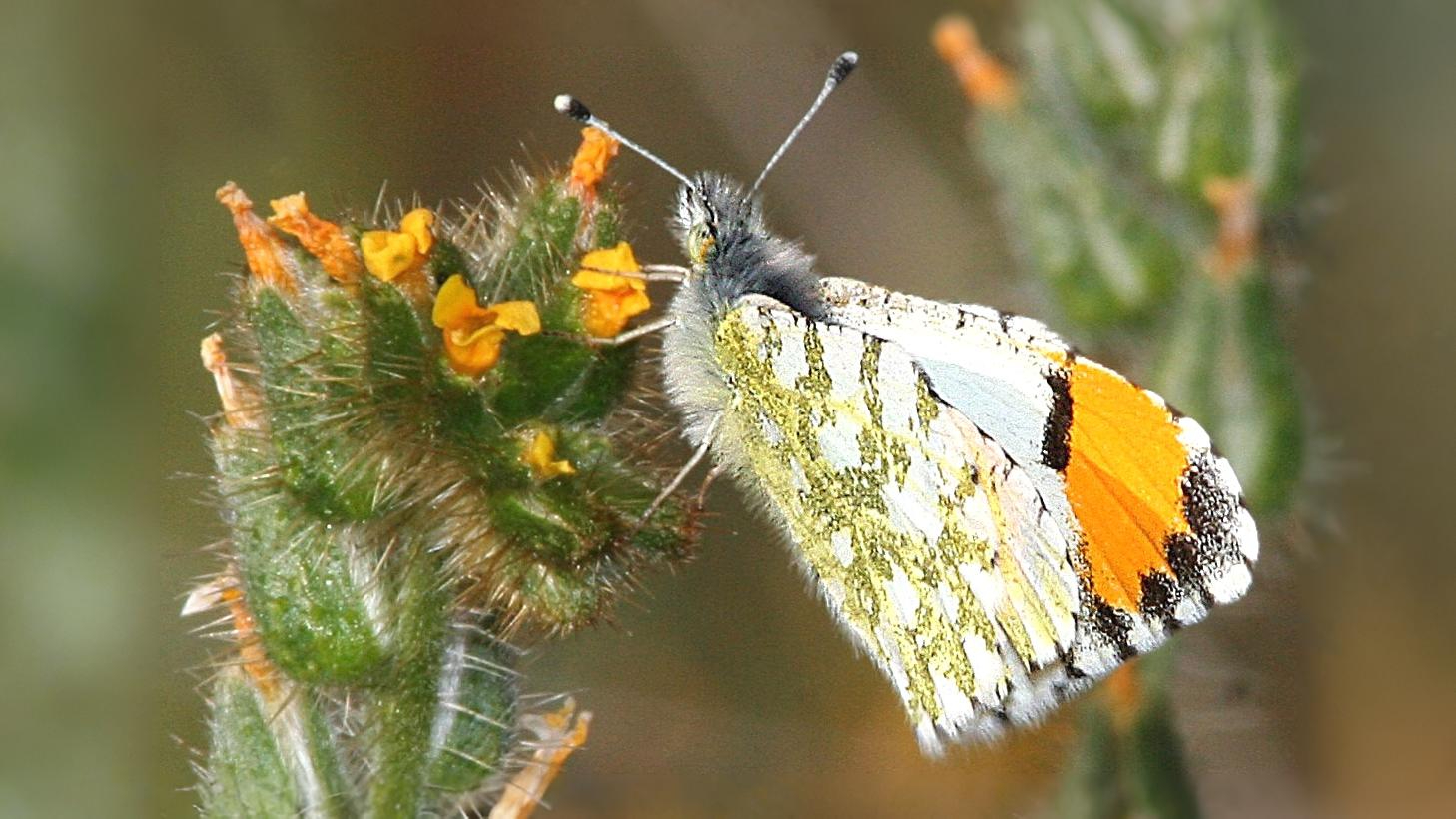

New butterflies to emerge include the grizzled skipper, dingy skipper and our only green butterfly, the green hairstreak. The grizzled skipper is a small, easily overlooked and reasonably rare butterfly. It is deep brown to velvet black with creamy white spots and a chequered margin to its wings. However, it is usually seen as a blur when it is flying. To have any chance of seeing it basking you first have to find its habitat. This is the edges of scrub on downland, usually with bare patches both sheltered and sunny. Next you need to look for its food plants such as barren and wild strawberry, silverweed or tormentil. In London it seems to prefer strawberries. When males meet females they raise a hair pencil on their hind legs which releases an aphrodisiac. They are difficult to separate in the field although the female is much more noticeable when she is laying her eggs singly on strawberry plants. Oaken Wood, Oxted Down and Hutchinson’s Bank are all good places to look for them on warm days late in May.
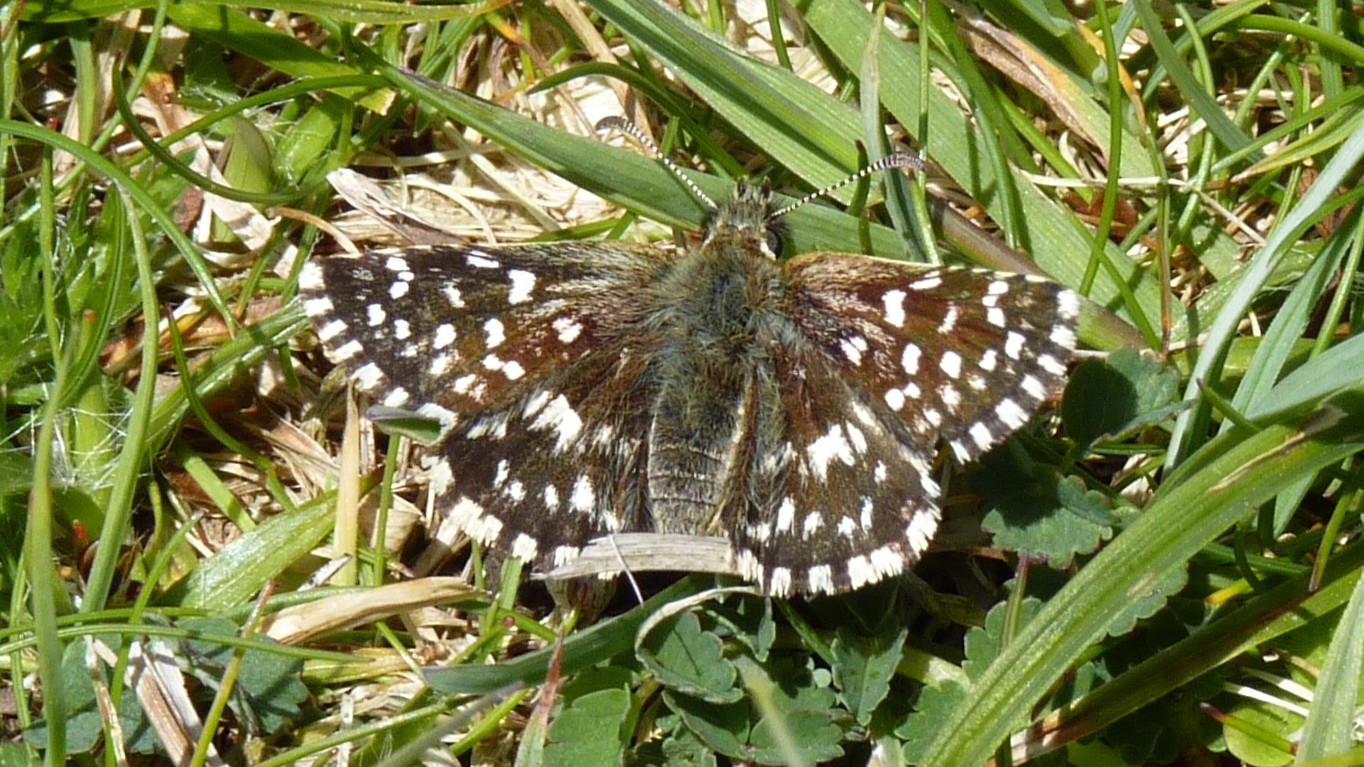
The dingy skipper can easily be confused with a day-flying moth. It prefers warm, well-grazed, south-facing downland slopes. Here its food plants, kidney vetch and bird’s foot trefoil, may give clues to its presence. It has a habit of flying fast and also close to the ground. When it lands, it spreads its wings and almost hugs the ground as it basks in sunlight. Mid May is a good time to look for it. When it first emerges, its dingy brown wings are slightly more shiny. Later they lose this sheen and deserve their ‘dingy’ epithet. In the late afternoon, males and females tend to roost on grass stems with their heads pointing vertically to the sky. Their habitat is fast disappearing and consequently so is the butterfly. Downe Bank is still a place where they can be seen.
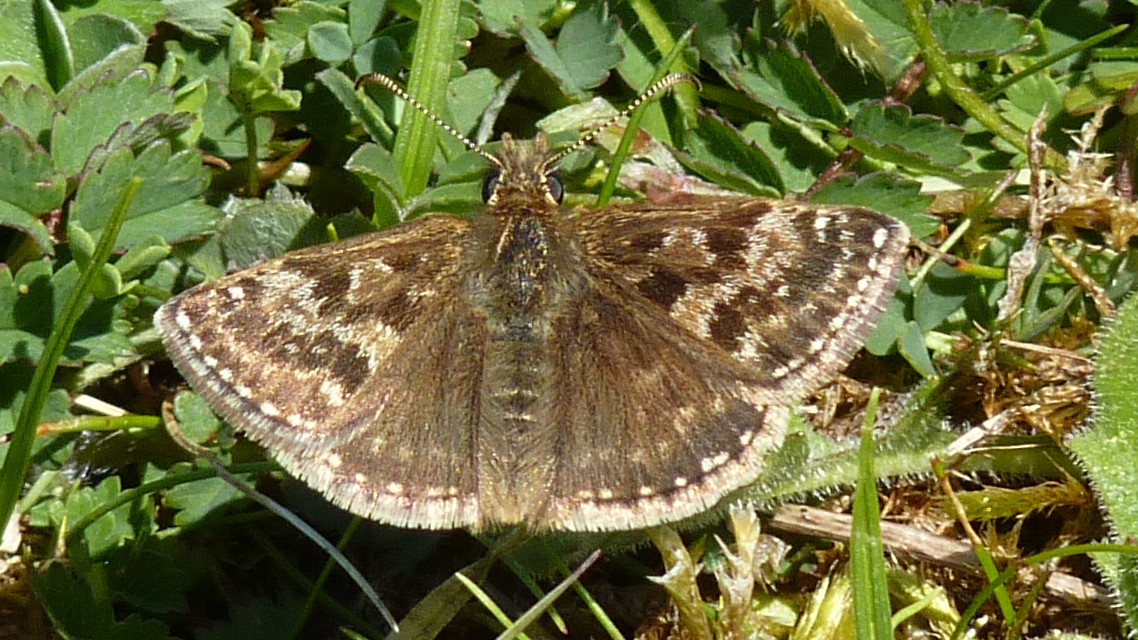

The green hairstreak is only green on the underside of its wings. This is true of both the male and the female. It is not easy to see this butterfly as it is not on the wing for long. Between mid May and mid June is the best time to look, and perhaps a little later if it has been a cold spring. It prefers warm heathland and downland slopes where its food plants, gorse and broom, are both common. Even in these situations, there will still only be small, discrete populations of perhaps as little as five to ten males flying. They regularly perch on the same bush and chase any passing male or female. After some vigorous spiralling and even some somersaults, the male returns to exactly the same perch. Here he will then move around slightly to get in the best position to bask in the sun. If he is chasing females rather than males, the chase will be longer. It can be encouraged to show itself by gently tapping the gorse bush it has chosen. It can even sometimes be persuaded onto your hand, where it may investigate any perspiration it finds. Its generic name Callophrys means ‘beautiful eyebrow’ on account of its black and white ringed eyes, which have long black hairs surrounding them.
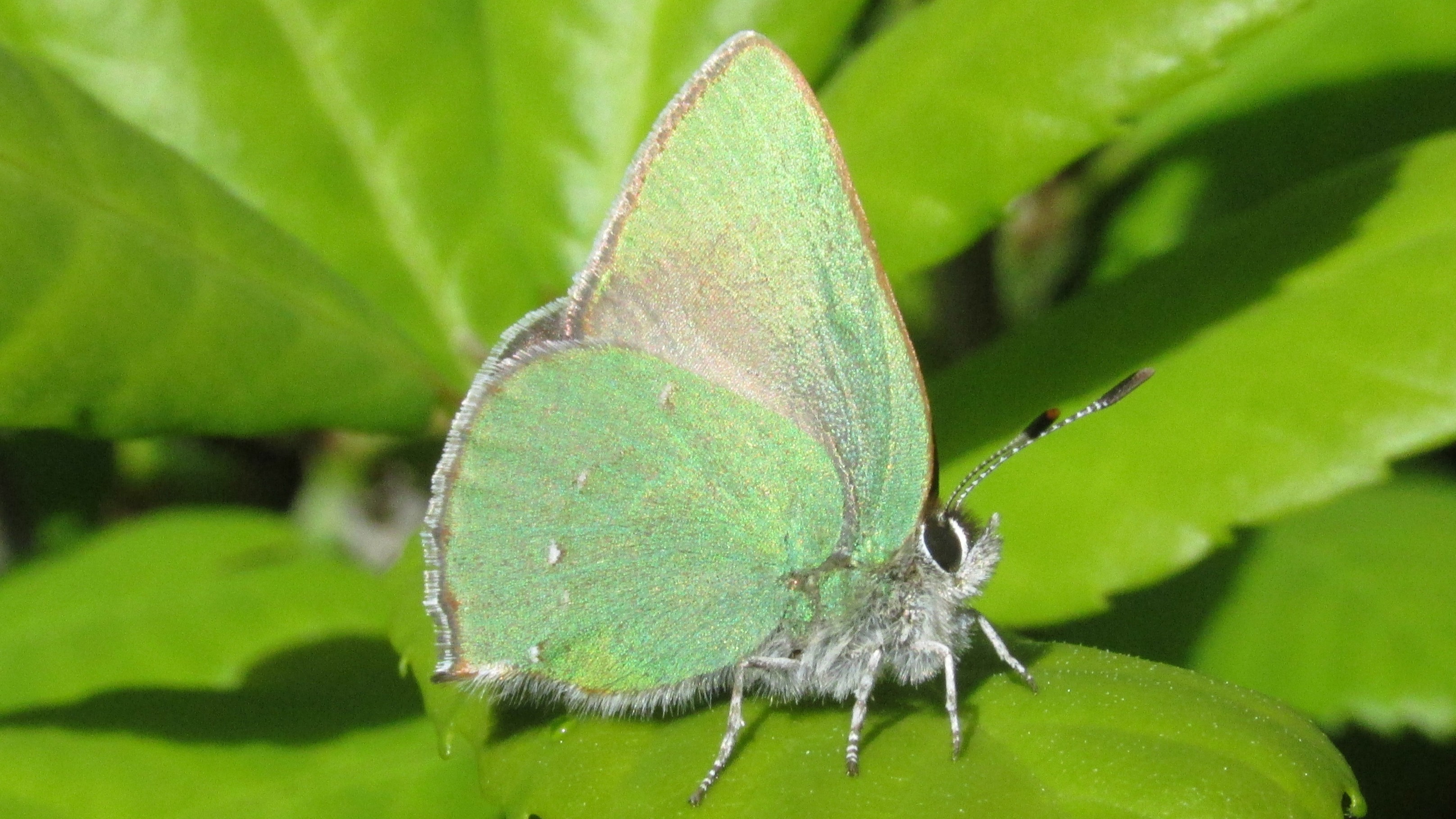
The silvery holly blue of last month is now joined by three relatives, all different shades of blue. The most likely to be seen is the common blue, which is a bright blue, but not silvery. It also has a distinct purple edge to its wings. The small blue is most easily identified by its small size but is also another distinct shade of blue often described as leaden or smokey-blue. The rare Adonis blue is easily the best blue of all, and is often described as an eyecatching sky blue. Seen close, it also has distinct black lines crossing the white edge of its wings.
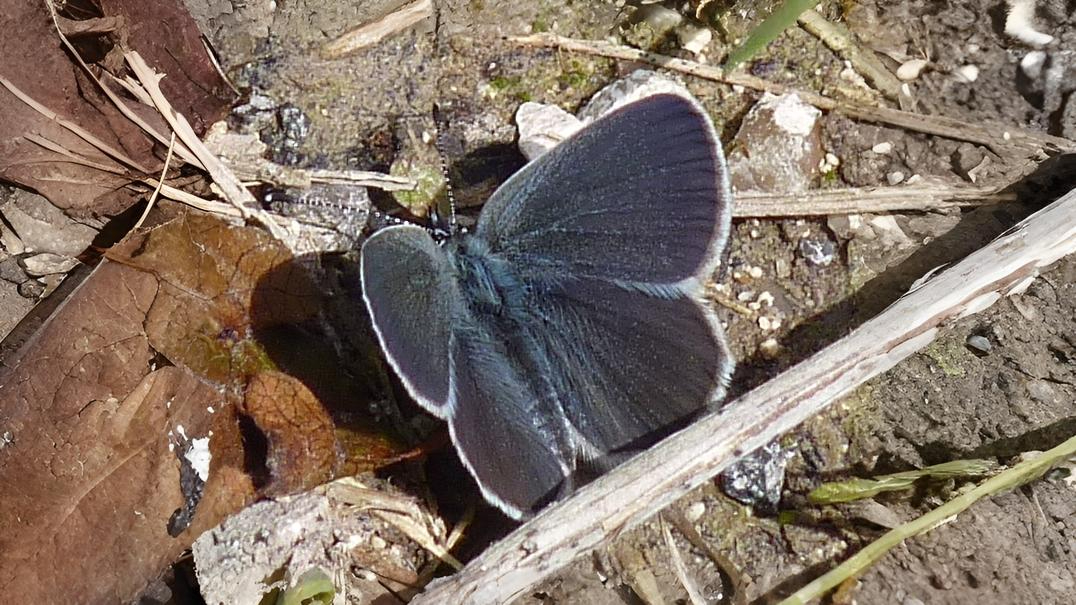
All these butterflies can be seen on Hutchinson’s bank, but only the common blue is widely distributed. Other butterflies seen more rarely but worth searching out for this month, are the wall, small heath, brown argus and small copper. Although painted ladies can arrive as early as March , it is in May, on good years, that they are most likely to be seen in numbers. They may have been brought to London on southerly winds from as far away as North Africa, their numbers differing radically from year to year.













